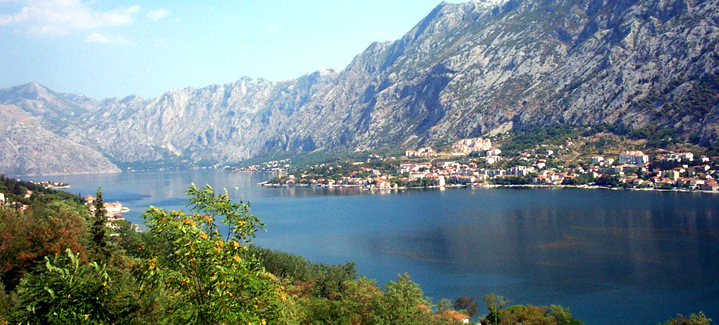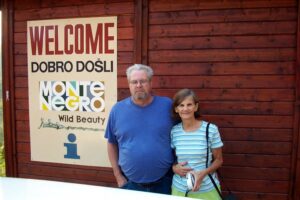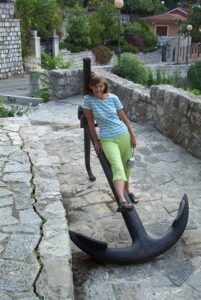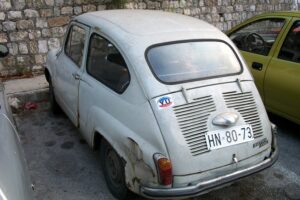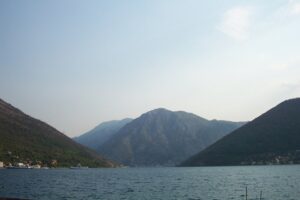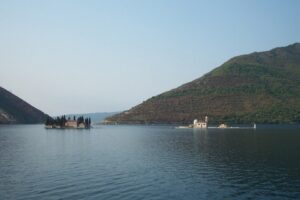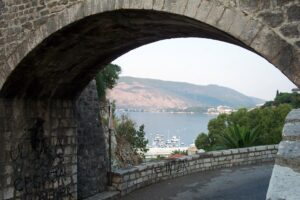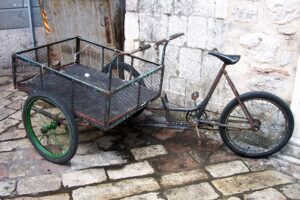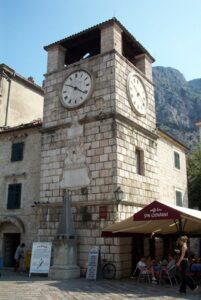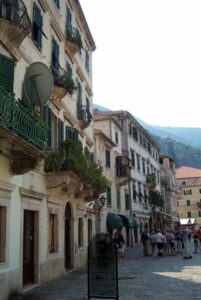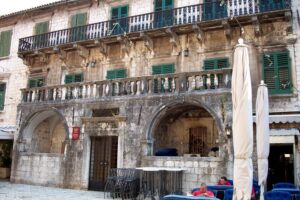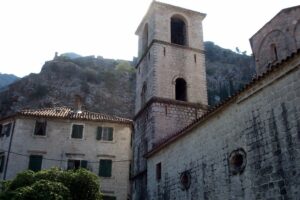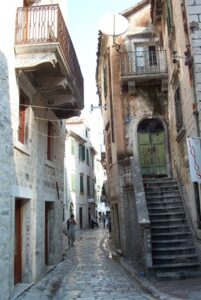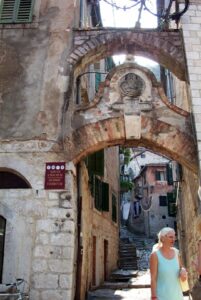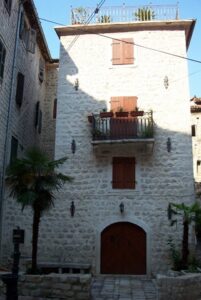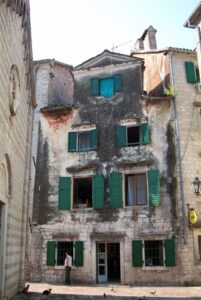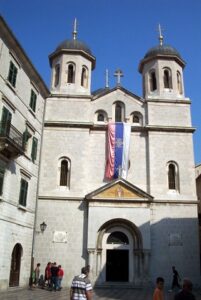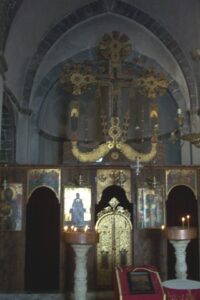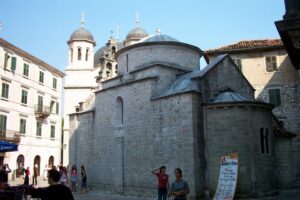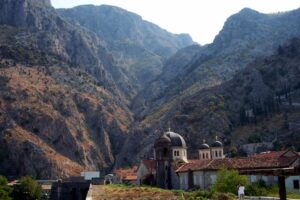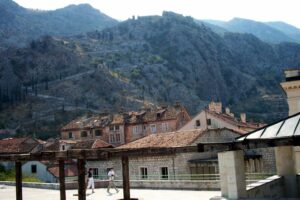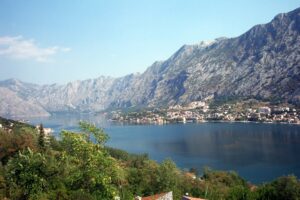Neighbor to Croatia, Montenegro was on our itinerary during our visit to the Adriatic. While Montenegro is a small country, it still has enough charm to warrant at least a day trip from Dubrovnik. The highlight of the country is a visit to the medieval waterfront city of Kotor.
While visiting Croatia, we decided to put Montenegro on the itinerary, since it is just a stone’s throw to the border from Dubrovnik. So, on day two we woke early and drove down to Montenegro to visit the city of Kotor. We had expected a long delay at the Croatia/Montenegro border, but luckily we arrived early enough to beat the traffic. After crossing the border it was about an hour drive along the jagged coast to reach Kotor, which lies on the south side of a large inlet. The old town of Kotor is one of the best-preserved medieval towns in the region. It is an excellent example of a typical town from the 12th to 14th century. The asymmetric structure of the narrow streets and squares, combined with the numerous valuable monuments of medieval architecture, contributed to Kotor being placed on UNESCO’s “The world natural and cultural inheritance” list. Kotor is protected by a wall 4.5 km long, 20 m high and 15 m wide, extending from the seaside up several meters along the rugged mountains. There are numerous palaces within the walls: the Drago palace with Gothic windows from the 15th century, the Bizanti palace from the 17th century, the Pima palace, with typical renaissance and baroque forms from the 16th century, the Grubonja palace with the built-in emblem of the old Kotor’s pharmacy established in 1326; the Grgurina palace from the 17th century, and the Clock tower, from the 16th century, with the medieval pillory just beside it. After a quick stroll through the city we decided to head back to Croatia for more sightseeing before nightfall. However, the “spider” struck (as the local police call it) and our car was lifted and conveniently relocated to an undisclosed location. The police laughed at our initial concern and said for a 50 Euro fee, they could help find our vehicle. So, 50 Euro later, we were on the road again towards the Croatian cities of Ston and Mali Ston, famed for having the longest stone wall in Europe.
